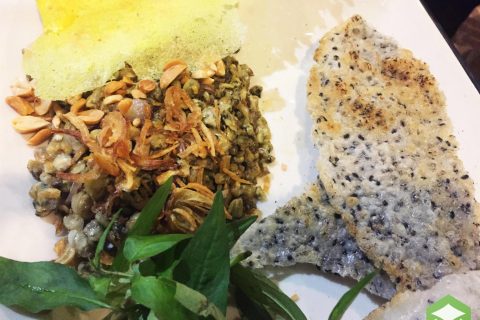Dietary Requirements
Life would be so much easier if everyone liked to eat everything or could eat everything. I know …
Vietnam Facts
So you think you know all there is to know about Vietnam? Well, let’s see! Here are some …
My InternChina Experience
Leaving Chengdu! Since the first day I arrived in Chengdu I have loved every moment. From my first …
Yin and Yang, Banh and Pho
Imagine yourself walking through the streets of Ho Chi Minh City in the south of Vietnam and a …
Tianjin Vs. Qingdao
At age seventeen, I was awarded a one-year scholarship to study in Tianjin, a two-tier city around 100km …
Cultural Differences Between the West and Vietnam
As can be expected when travelling to the other side of the world, many things will be different. …
Weekend Trip to Wenshu Monastery
Wenshu Monastery This weekend in Chengdu our interns took a visit to the famous Wenshu Monastery. Upon arrival, …
5 Cultural Differences Between the UK and Vietnam
Introduction When we talk about the cultural differences between Vietnam and England culture, we can think of many …
How to Read a Chinese Menu
As you may know, in China food is one of the most important things! Indeed, sharing a meal …
Comment commander au restaurant si on ne comprend pas la carte?
Comme vous le savez surement, en Chine la nourriture c’est sacré! En effet, partager un repas entre amis …













